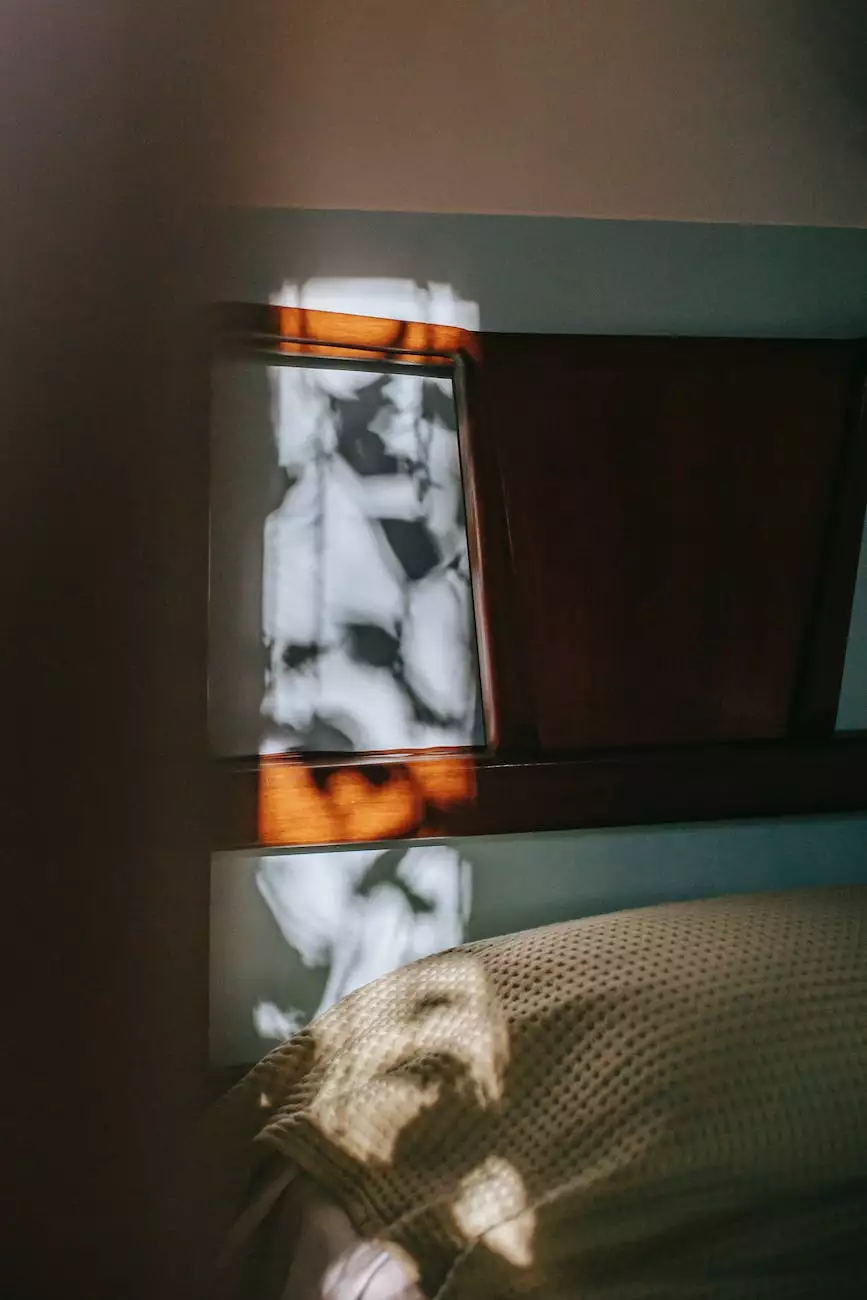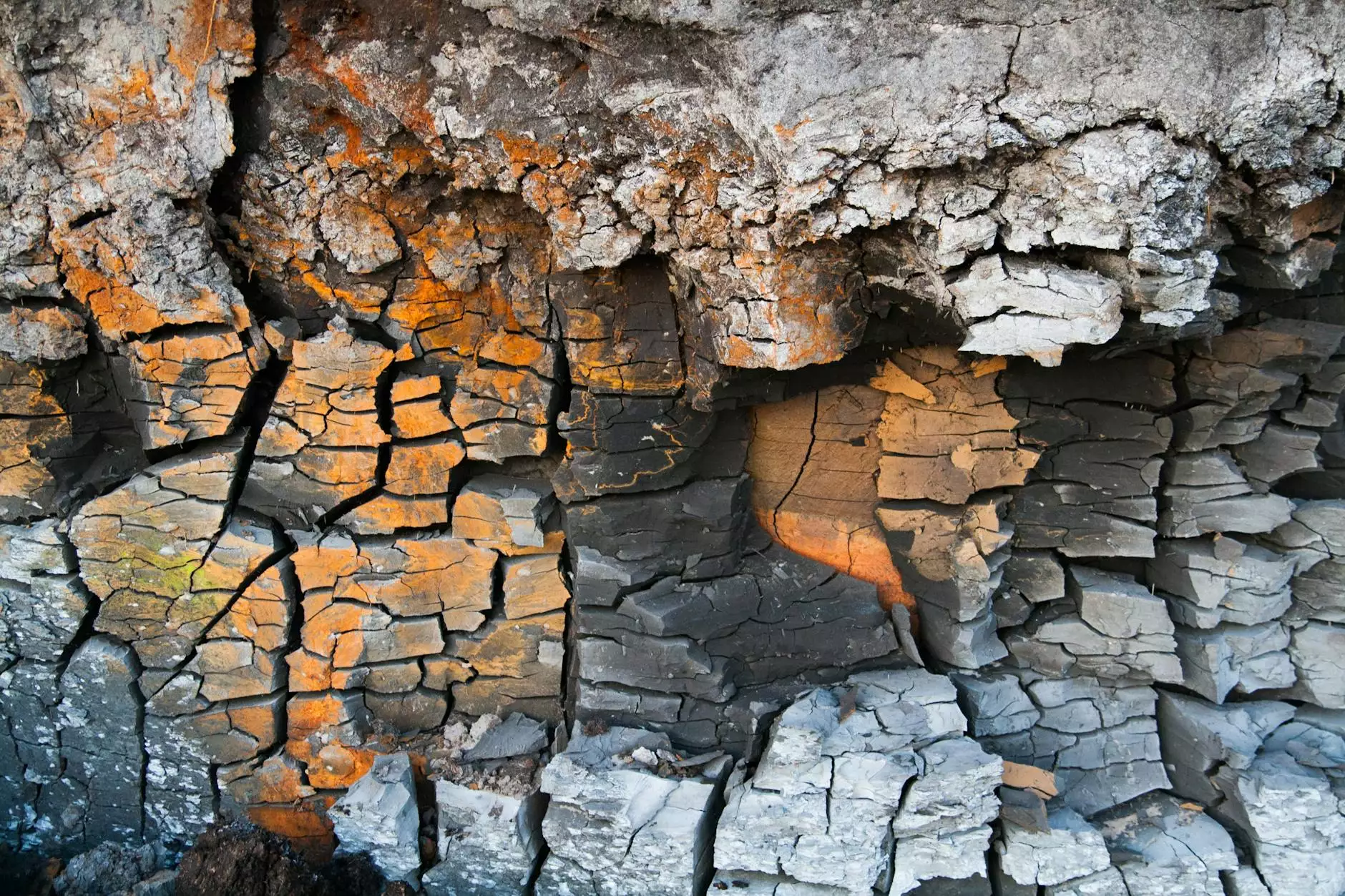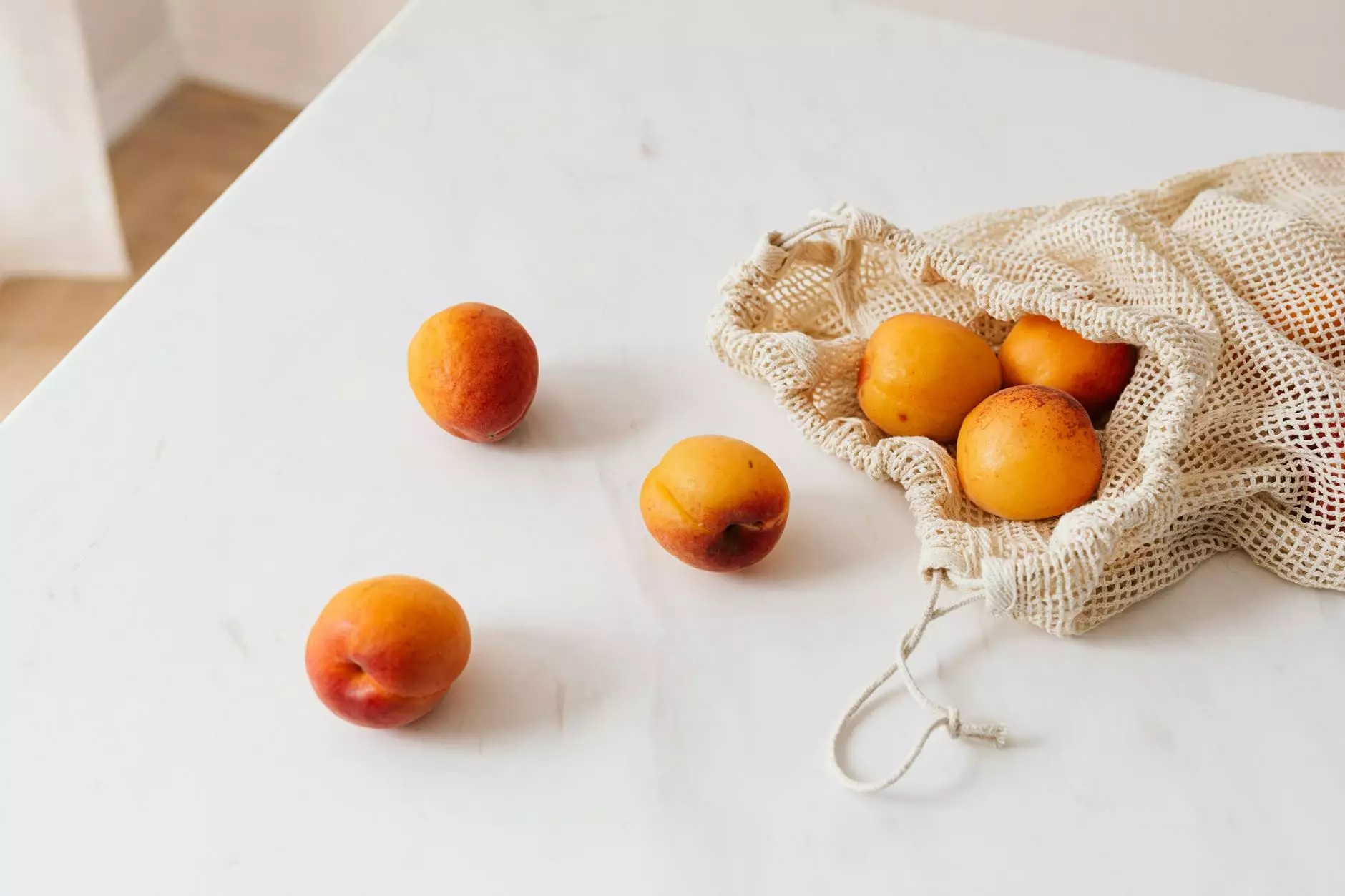How Many Types of Mold and Fungi are There?
Blog
Welcome to Southside Fixtures! As experts in the business and consumer services industry, particularly in real estate, we are committed to providing you with valuable insights on a wide range of topics. In this article, we will delve into a comprehensive exploration of the different types of molds and fungi that exist in various environments. By understanding their characteristics, potential health risks, and effective prevention and removal techniques, you will be equipped with the knowledge to maintain a healthy living or working environment.
The Importance of Understanding Mold and Fungi
Mold and fungi are organisms that are omnipresent in our environment. They can be found both indoors and outdoors, and while some types are harmless, others can pose health risks and lead to structural damage. It is crucial to be aware of the different types of mold and fungi to ensure their proper identification, prevention, and efficient elimination when necessary.
Types of Mold
Mold comes in various forms, each with its own characteristics and potential impact on health. Here are some of the most common types:
- 1. Cladosporium: This is one of the most prevalent types of mold and can be found indoors and outdoors. Its color ranges from black to olive green, and it often thrives on organic materials such as carpets, fabrics, and wood.
- 2. Aspergillus: Aspergillus is a widespread mold that exists both indoors and outdoors. It can be found in dust, air conditioning systems, and on food items. It has a woolly texture and appears in colors ranging from pale yellow to green.
- 3. Stachybotrys Chartarum (Black Mold): Black mold is commonly known for its dark greenish-black color. It grows on materials that have high cellulose content, such as drywall, wood, and fiberboard. Black mold can produce harmful mycotoxins, leading to various health issues.
- 4. Penicillium: Penicillium molds have varying colors, including blue, green, or white. They are commonly found on decaying vegetation, walls, and indoor surfaces. Some species of Penicillium are used to produce the antibiotic penicillin.
- 5. Alternaria: Alternaria is often found in damp environments, such as showers, sinks, and basements. It can cause allergic reactions and is characterized by its dark green or brown color.
Types of Fungi
Fungi encompass a broader range of organisms, including molds, yeasts, and mushrooms. Let's explore a few types of fungi:
- 1. Saccharomyces: Saccharomyces is a type of yeast commonly used in baking and brewing. It plays a fundamental role in fermentation processes and contributes to the production of bread, beer, and wine.
- 2. Trichophyton: Trichophyton is a pathogenic fungi species that can cause infections in humans and animals. It is commonly associated with skin, hair, and nail infections, including athlete's foot and ringworm.
- 3. Agaricus bisporus (Button Mushroom): The button mushroom is a widely consumed edible fungus. It is characterized by its white dome-shaped cap and short stem. Button mushrooms are a popular ingredient in various cuisines.
- 4. Cordyceps: Cordyceps is a unique type of fungus known for its medicinal properties in traditional Chinese medicine. It grows on insects and has been used to alleviate fatigue, enhance immunity, and improve athletic performance.
- 5. Coprinus comatus (Shaggy Mane Mushroom): The shaggy mane mushroom is a common edible fungus with a distinct appearance, featuring a white cap and elongated cylindrical shape. It is often found in grassy areas, wood chips, or disturbed soil.
Potential Health Risks and Prevention
While not all molds and fungi are harmful, certain species can trigger allergic reactions, respiratory issues, or even serious infections. It is crucial to prevent their growth and promptly address any infestations. Here are some preventive measures you can take:
- Keep indoor humidity levels below 50% to discourage mold growth.
- Ensure proper ventilation in bathrooms, kitchens, and other high-moisture areas.
- Fix any leaks or water intrusions promptly to prevent mold from proliferating.
- Clean and dry any wet or damp materials within 48 hours to prevent mold colonization.
- Regularly inspect and maintain HVAC systems to prevent mold spores from circulating.
Effective Mold and Fungi Removal Techniques
If you discover mold growth in your environment, it is essential to address it promptly and effectively. Here are several techniques that can help you safely remove mold and fungi:
- 1. Protective Measures: Before starting the removal process, ensure you have adequate personal protective equipment (PPE) such as gloves, goggles, and respiratory masks.
- 2. Containment: Isolate the affected area to prevent the spread of mold spores to other parts of the building.
- 3. Wet Vacuuming: Use a wet vacuum cleaner to remove excess water and mold from hard surfaces.
- 4. Removal of Porous Materials: In the case of severe mold infestations, it may be necessary to discard porous materials such as carpets or insulation to eliminate all traces of mold.
- 5. Disinfection: Thoroughly clean the affected area using an appropriate antimicrobial solution to kill any remaining mold spores.
- 6. Dehumidification and Drying: Utilize dehumidifiers and fans to dry the area and maintain low humidity levels.
- 7. Professional Intervention: In instances of extensive mold growth or when dealing with toxic molds, it is best to consult professional mold removal services to ensure proper remediation.
Conclusion
In conclusion, understanding the various types of mold and fungi is crucial for maintaining a healthy living or working environment. By being aware of their characteristics, potential health risks, and effective prevention and removal techniques, you can safeguard yourself and others from the adverse effects of mold and fungal infestations. Southside Fixtures is dedicated to providing informative content on a broad range of topics related to the real estate and business and consumer services industry. We hope this detailed guide has equipped you with valuable insights and knowledge.




